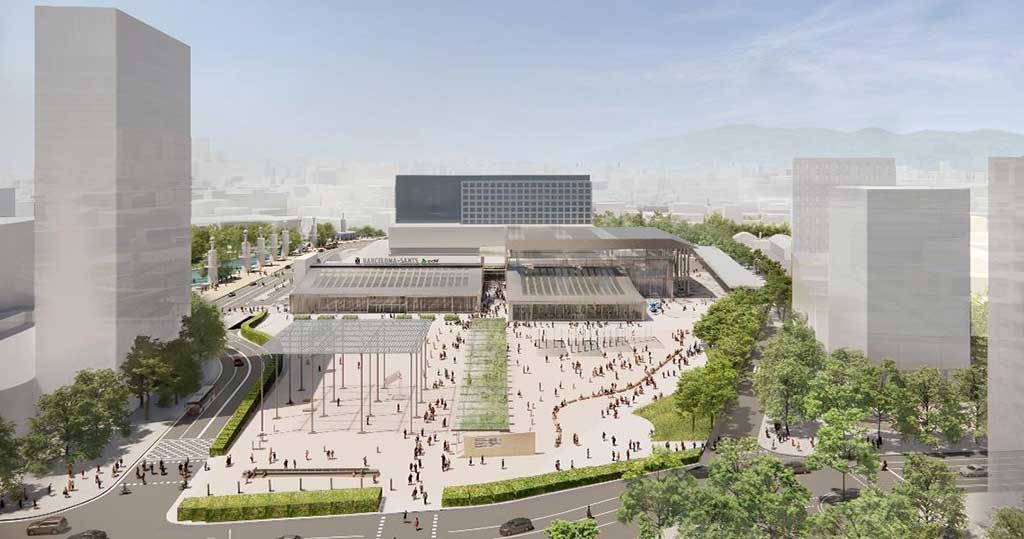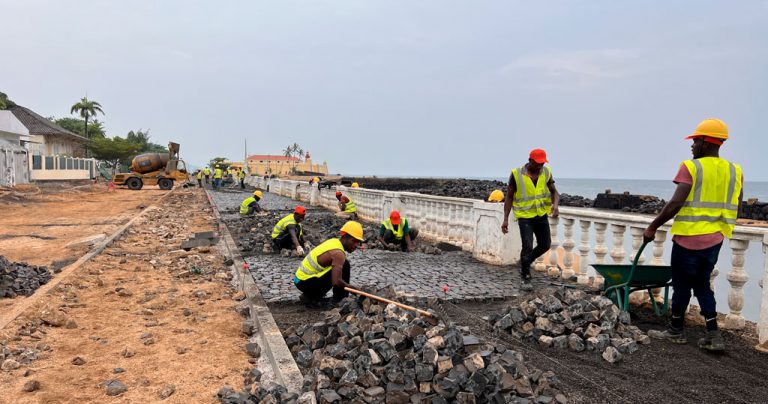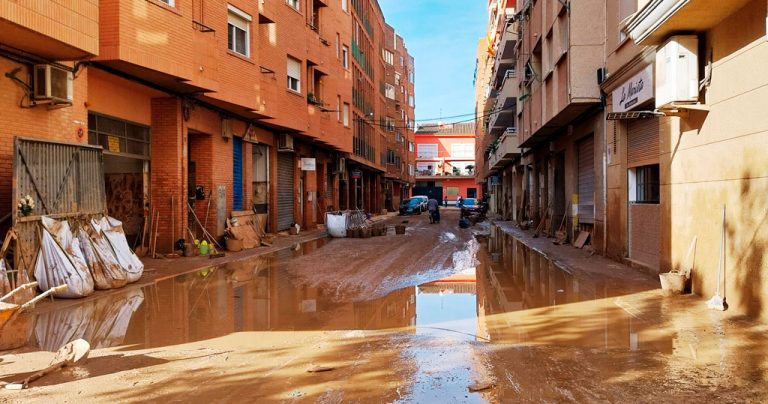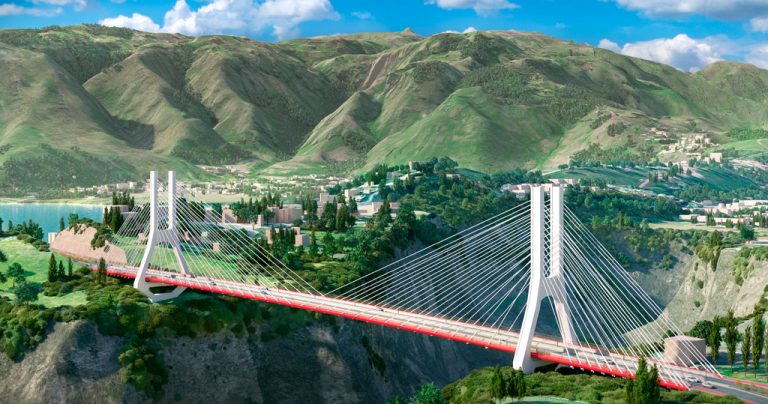Commissioned by Adif Alta Velocidad (High-Speed Rail), TYPSA, in association, has commenced consultancy and support services for the supervision of the first phase of the reorganisation and transformation works at the Barcelona Sants station passenger building.
The intervention is expected to last 43 months, and covers the expansion of the station’s surface area, the redevelopment of the Plaza de los Països Catalans and the adaptation of the surroundings, ensuring that work does not cause disruption to railway services.
At the station, the available areas of the main concourse, customer service providers, and the high-speed and Rodalies (commuter rail) areas are to be extended, creating an open and accessible station, integrated with its surroundings. The main concourse is designed to serve as a continuation of the outdoor space, with natural light and ventilation through large skylights, using natural materials and renewable energy. At the same time, a new metro concourse is being created, improving connections between high-speed services and Rodalies (commuter rail), enhancing existing links and reinforcing the station´s multimodal character.
The redevelopment and reorganisation of the station´s surroundings include adaptation of the accesses to the new layout of the building. In this way, existing longitudinal access routes to the station –from the Plaza de Joan Peiró and Plaza de los Països Catalans- are enhanced, while new access points are introduced along the transverse axis, including Viriato Street and the entrance from the Espanya Industrial Park. Additionally, pedestrian areas are incorporated, along with access for taxis, subways, bicycles, interurban buses, “kiss & ride” (passenger drop-off and pick-up), and urban buses.
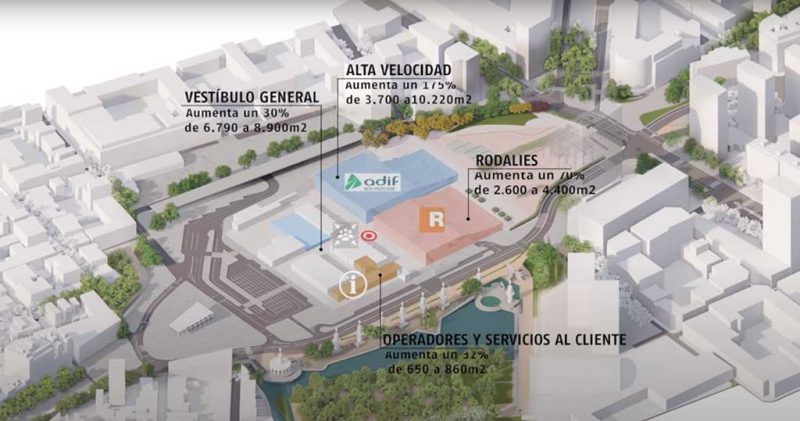 Reorganisation and expansion of areas in the first phase of the new station (Source: Ministry of Transport and Sustainable Mobility)
Reorganisation and expansion of areas in the first phase of the new station (Source: Ministry of Transport and Sustainable Mobility)
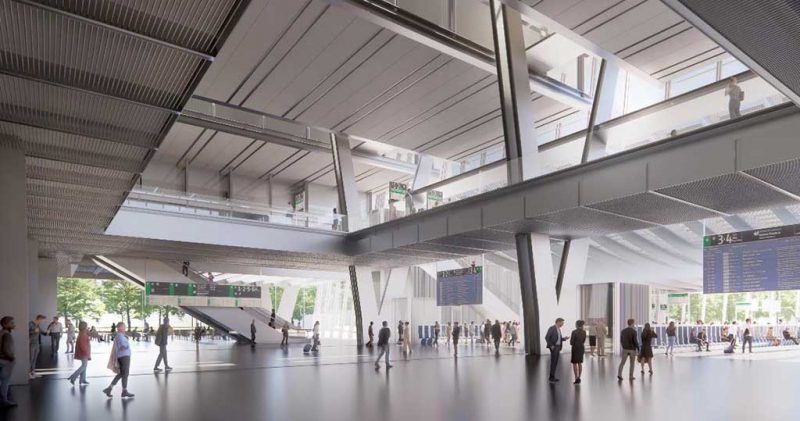 High-speed Concourse Recreation (Source: Ministry of Transport and Sustainable Mobility)
High-speed Concourse Recreation (Source: Ministry of Transport and Sustainable Mobility)
Sants station, located to the south of Barcelona, was opened at the end of 1881. Over the years, it has been expanded and renovated several times to adapt to the growing demand for passenger and freight transport in the city. The current building dates from the 1970s. In 2007, the station was integrated into the high-speed network, allowing greater connectivity with other Spanish and European cities. It is currently it is the second busiest station in Spain in terms of passenger traffic, with 43 million travellers in 2017, of which more than 28 million were Rodalies (commuter rail) passengers.
The new Barcelona Sants station aims to be a benchmark for the mobility of the future: sustainable, integrated into the new urban model, and citizen focused.
When this first phase is over, the intention is to continue with the transformation of the station as a central meeting point, surrounded by green spaces. As well as integrating the station with the network and neighbourhoods closest to the city, it has been designed to respond to the increase in passenger rail traffic. In 2030, 58 million passengers are expected to use the station, almost 12 million more than in 2019. (Source: Adif).
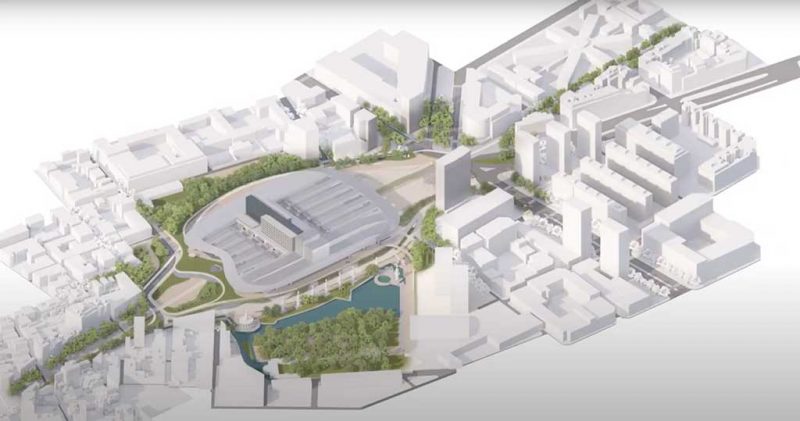 Integration of the new station into the urban area of Barcelona (Source: Adif)
Integration of the new station into the urban area of Barcelona (Source: Adif)


